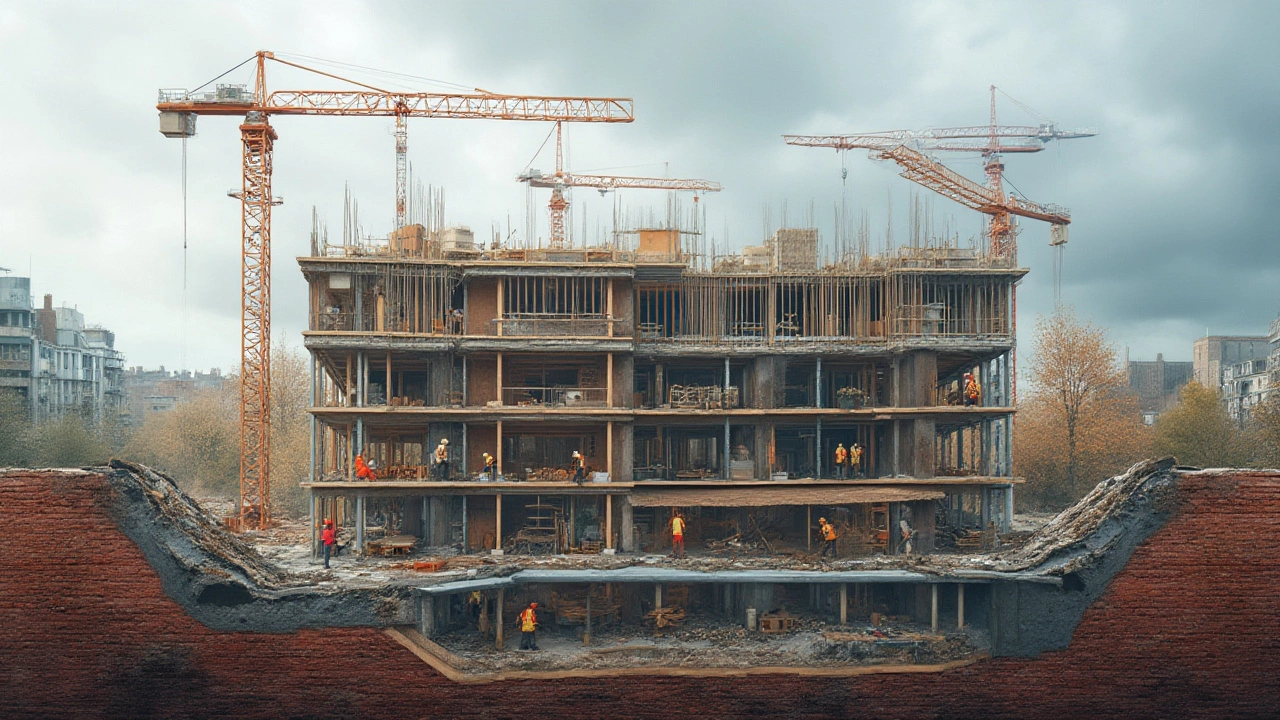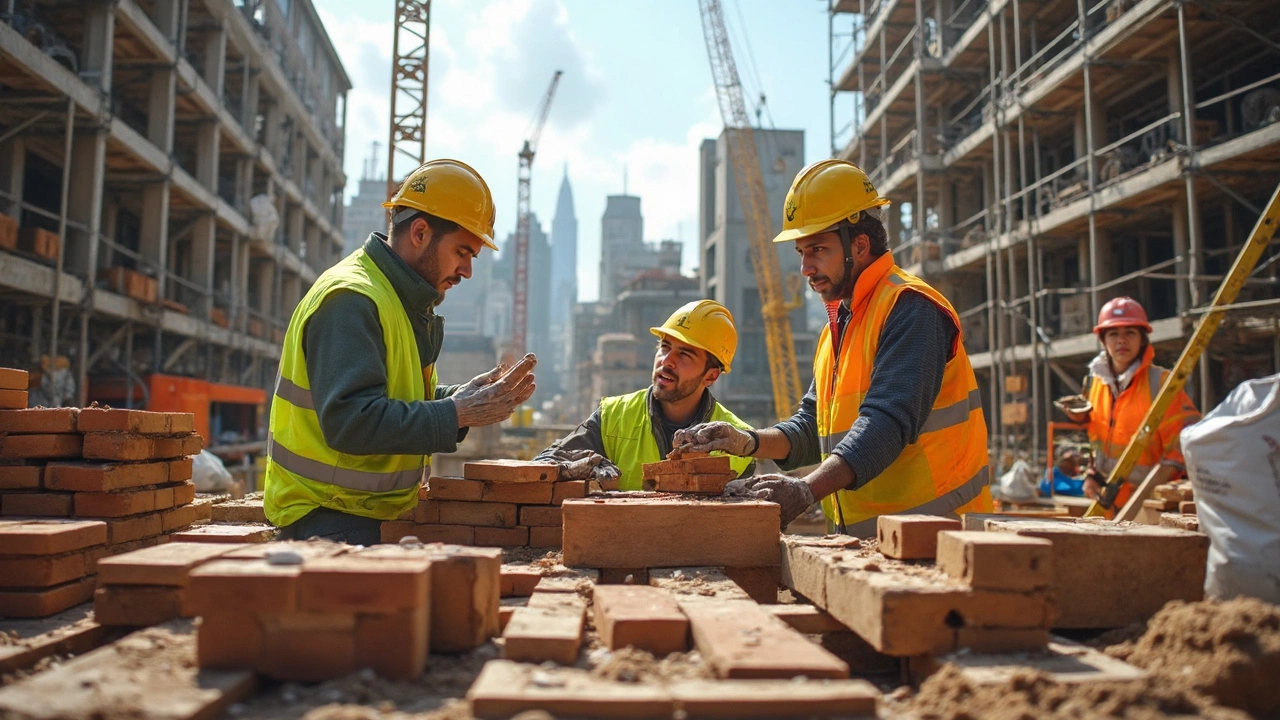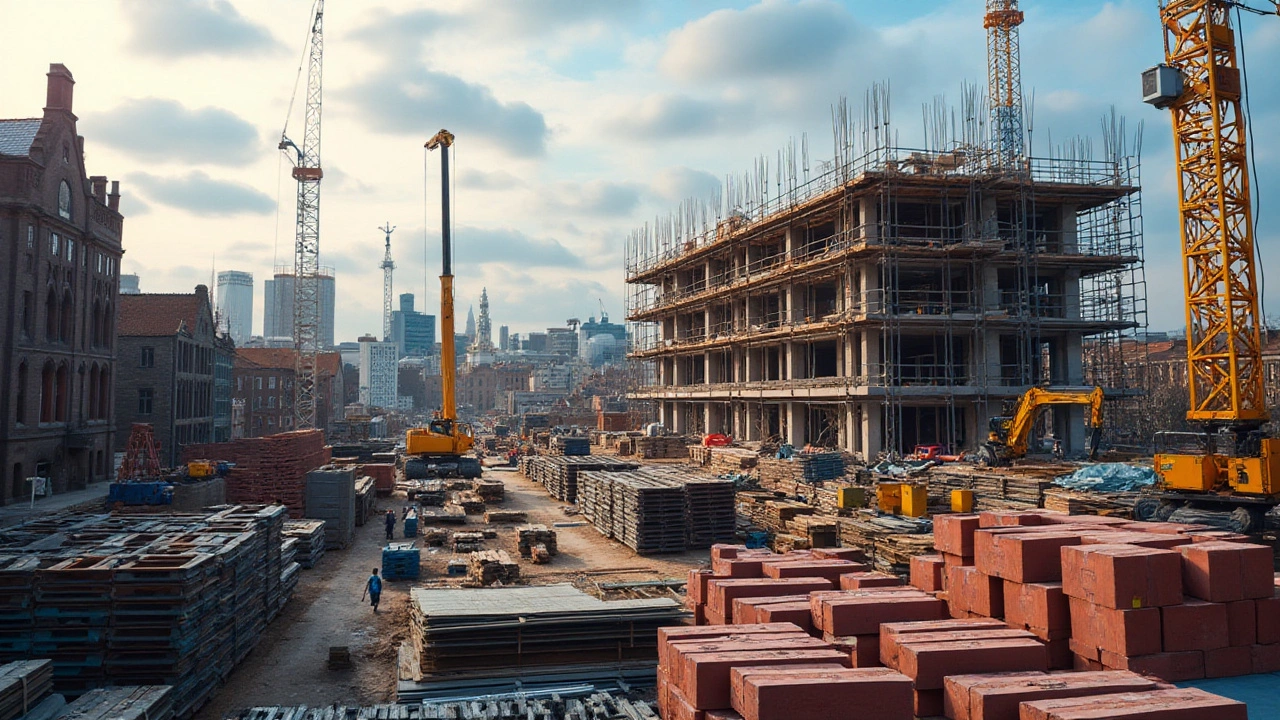Construction Materials: What You Need to Know Before Your Next Build
When you start a building project, picking the right materials is the first big decision. The right choice saves time, cuts costs and makes sure the structure lasts. Below we break down the main types of construction materials, where they work best and a few quick tips you can use right now.
Concrete, Steel and Wood – The Core Trio
Concrete is the go‑to for foundations, floors and walls. It’s strong, fire‑resistant and cheap when you buy in bulk. To get the best results, mix the right water‑to‑cement ratio and let it cure for at least seven days before loading it.
Steel provides the skeleton for high‑rise buildings and large spans. Its strength‑to‑weight ratio means you can use smaller sections and still support massive loads. When you order steel, check the grade and look for coatings that protect against rust, especially if the structure will be exposed to the elements.
Wood remains popular for residential projects because it’s easy to work with and looks warm. Engineered wood products such as LVL or glulam give you extra strength while keeping the natural look. Treat the wood with preservatives if it will be used outdoors or in damp areas.
Sustainable Choices and Modern Alternatives
Green building isn’t a buzzword anymore – it’s a real cost‑saver. Recycled concrete aggregates, fly‑ash blended cement and reclaimed timber all reduce the environmental impact and often qualify for local incentives.
Insulating materials like cellulose or hempcrete improve energy efficiency without adding much weight. If you’re aiming for a low‑carbon project, look for products that carry a certification such as BREEAM or LEED.
Remember, the cheapest option isn’t always the best long‑term. Compare life‑cycle costs: a material that costs a bit more up front can save you money on maintenance, energy bills and replacement down the line.
Choosing the right construction materials also means thinking about the tools and equipment you’ll need. For example, concrete requires mixers, vibrators and proper formwork, while steel needs welding gear and proper safety gear.
Before you place an order, confirm delivery dates and storage requirements. Concrete should be poured within its workable period, steel should stay dry, and timber needs a dry, ventilated space to avoid warping.
In short, a solid material plan starts with understanding the job’s demands, checking local regulations and matching each material’s strengths to the right part of the build. Use these quick tips, and you’ll avoid common headaches while keeping the budget in check.
Got a specific project in mind? Our team at First Choice Flooring Solutions can help you pick the perfect mix of materials and even source sustainable options that meet your timeline and budget.
Understanding Construction Materials: Types, Uses, and Essential Facts
- Gavin Whitaker
- |
- |
- 0
A deep dive into construction materials: what they are, types, uses, how to choose, and which are driving innovation in the building world right now.
View moreThe Essential Construction Materials: Concrete, Steel, Wood Explained
- Gavin Whitaker
- |
- |
- 0
Curious about the backbone of every building? Discover why concrete, steel, and wood shape everything from skyscrapers to homes, plus maintenance and cost tips.
View more5 Primary Raw Materials in Construction: Key Basics You Need to Know
- Gavin Whitaker
- |
- |
- 0
Wondering what basic materials go into any building project? This article clearly lays out the five core raw materials every construction worker, contractor, or home builder deals with every single day. Cut through the confusion about ingredients, sources, and key uses. You’ll get practical insights, surprising facts, and hands-on tips to help you make smarter choices for your next build or renovation. Perfect if you want to understand why these materials matter and what to keep in mind when selecting them.
View moreUnderstanding Building Materials vs. Construction Materials
- Gavin Whitaker
- |
- |
- 0
While building materials and construction materials might sound like the same thing, they serve different roles in construction. Building materials are the actual stuff you use to put together a structure, like bricks and timber. On the other hand, construction materials include the tools, machines, and equipment that help assemble these structures. Understanding the differences can help builders and homeowners choose the right materials for their projects, ensuring efficiency and durability.
View moreTop 10 Essential Materials in Modern Construction
- Gavin Whitaker
- |
- |
- 0
In the dynamic world of construction, understanding the materials that form the backbone of the industry is crucial. This article highlights the ten most common materials used today, delving into specifics such as their properties, benefits, and applications. From traditional materials like wood and brick to modern innovations like engineered wood and recycled metals, this guide offers valuable insights for anyone involved in the building industry. By exploring these materials, readers can make informed choices that enhance durability, sustainability, and efficiency in construction projects.
View more



